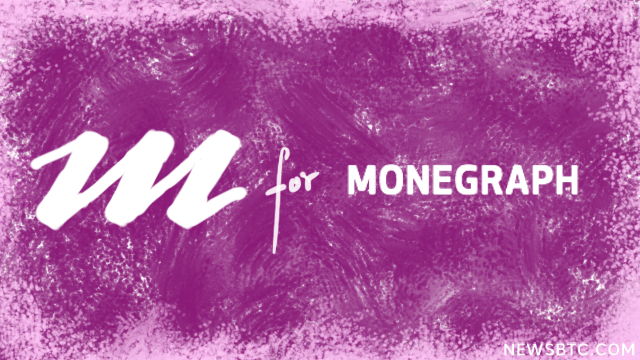Pryor Cashman, which is a full-service law firm, has announced the launch of a new digital art and media platform “Monegraph.”
What makes this platform an interesting subject for digital currency world is the fact that it claims to be utilizing the technology which is similar to the blockchain technology.
Blockchain has evoked lots of discussions as it is widely being seen as the answer to an over-burdened traditional financial infrastructure.
Monegraph has been described as a web-based platform that facilitates transfers of digital art, such as professional and amateur photography, and other forms of digital media directly between artists and content buyers.
This move is similar to the attempts of the music companies, which are trying to build a system based on blockchain, that would try to resolve the issues of licensing and global royalty distribution.
Monegraph will enable the artists to select from a menu of sale, licensing, resale and remixing rights and will allow them to set prices as per their calculations.
For the content buyers, the platform allows them to acquire such rights directly, without brokers and with the comfort of knowing that the title and artist attribution are verified through the blockchain’s cryptocurrency technology.
William Charron who co-chairs Pryor Cashman’s Art Law group said that “Monegraph is paving the way for nearly instantaneous digital exchanges of art.”
Charron also added that “just as people look for a little circled ‘c’ to know that something is copyrighted, in relatively short order they will look for the scripted ‘M’ to know that something is ‘Monegraphed.’ It will become part of the commercial art and legal vernacular.”
William indeed knows the subject he is dealing as he has represented a number of clients developing cutting edge approaches to dealing with problems of art authentication and title.
He also writes and speaks frequently on these topics and in May 2016, will also be part of the second “Authentication in Art” working congress at The Hague, Netherlands.
